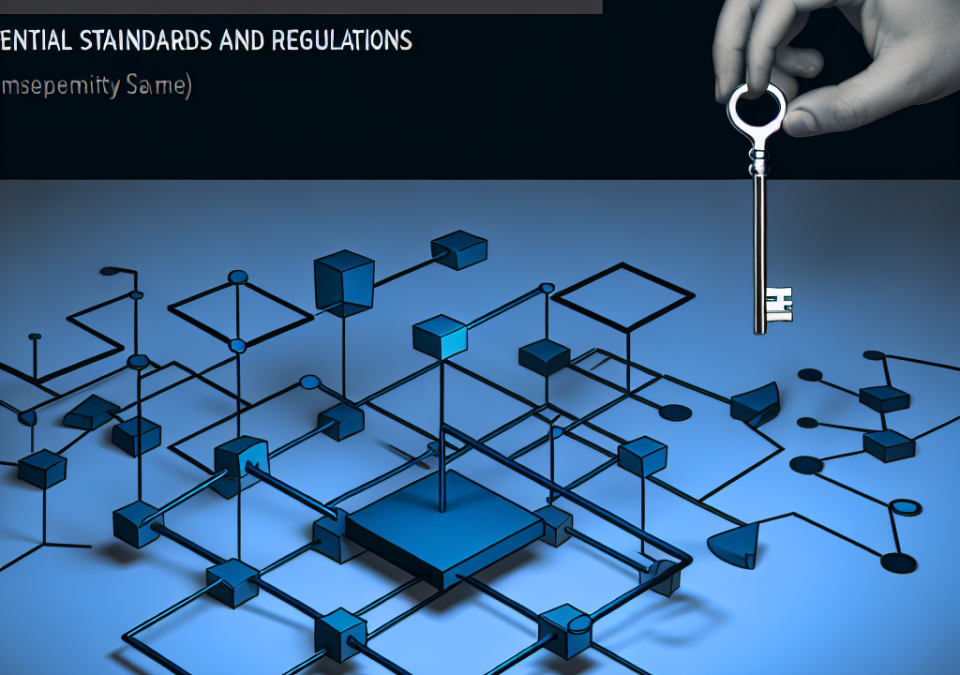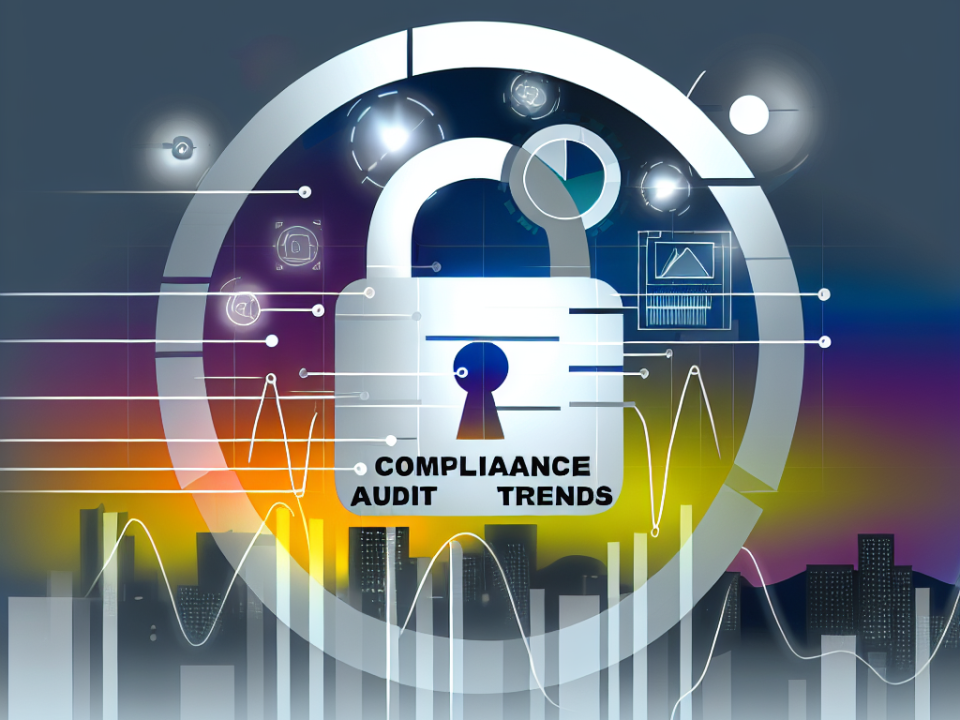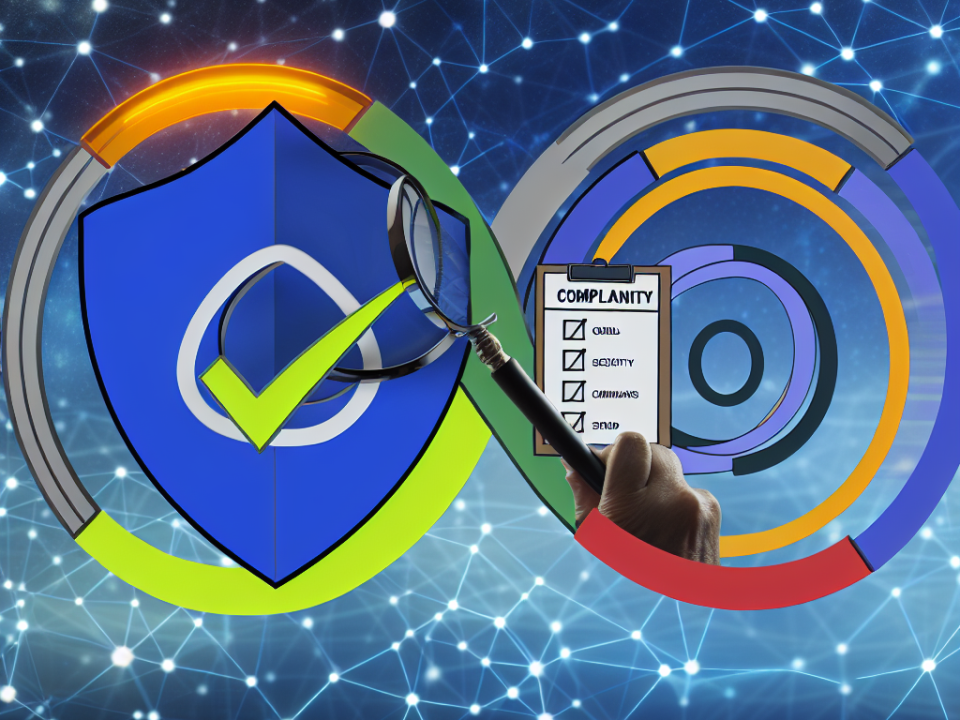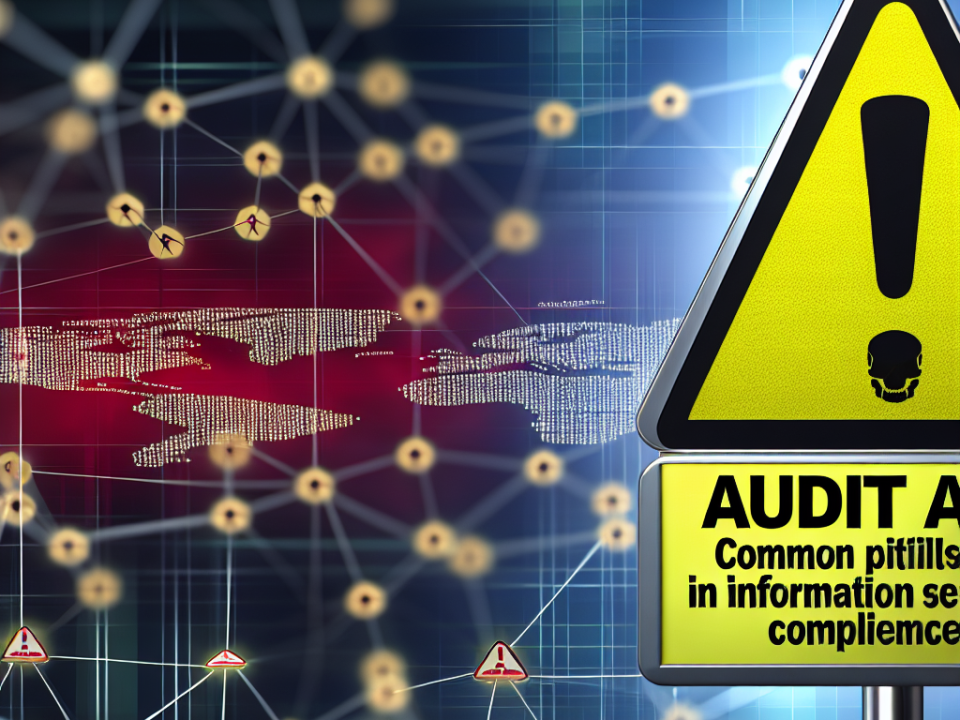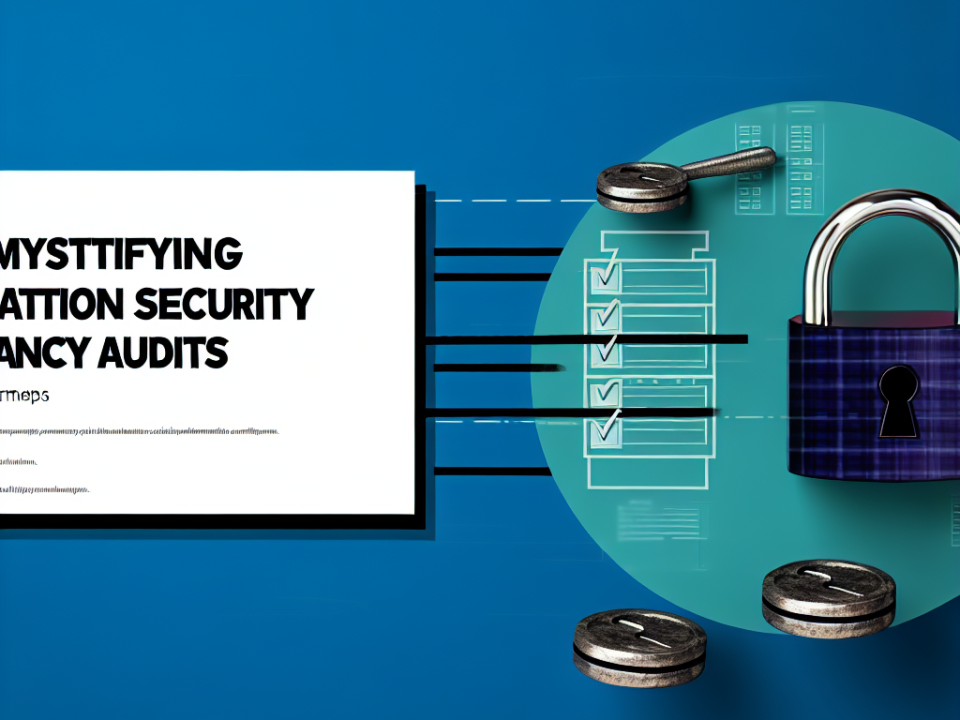
Navigating Tomorrow: The Next Frontier in Cybersecurity Innovations
July 21, 2025
AI & Cybersecurity: The Double-Edged Sword Shaping Our Digital Future
July 22, 2025
In an increasingly digital world, the importance of security compliance has never been more pronounced. Organizations across various industries are inundated with regulations, standards, and best practices designed to secure sensitive data and protect it from misuse. Navigating this complex landscape can be daunting; however, understanding the key security compliance standards and regulations can empower organizations to safeguard their operations and build trust with stakeholders.
What is Security Compliance?
Security compliance refers to the adherence to laws, regulations, and guidelines pertaining to information security. It involves implementing systems, processes, and controls that ensure the confidentiality, integrity, and availability of data. Compliance is not just about avoiding penalties—it’s also about protecting an organization’s reputation and building customer trust.
Key Standards and Regulations
1. General Data Protection Regulation (GDPR)
Enacted in May 2018, the GDPR revolutionized how organizations handle personal data in the European Union (EU). It emphasizes data protection, requiring organizations to gain consent for data processing, allowing individuals to access their data and mandating the prompt reporting of data breaches. Non-compliance can result in hefty fines—up to 4% of annual global revenue or €20 million, whichever is higher.
2. Health Insurance Portability and Accountability Act (HIPAA)
In the United States, HIPAA governs the protection of patient health information. It mandates strict confidentiality and security measures for healthcare data. Organizations that fail to comply with HIPAA’s Privacy and Security Rules may face fines and other penalties, making it crucial for healthcare providers to understand these regulations thoroughly.
3. Payment Card Industry Data Security Standard (PCI DSS)
For organizations that handle credit card transactions, PCI DSS sets forth security measures to protect cardholder data. The standard outlines requirements for secure networks, encryption, access control, and regular monitoring. Compliance is essential for preventing data breaches and maintaining customer trust in the payment ecosystem.
4. Federal Information Security Management Act (FISMA)
FISMA requires federal agencies and their contractors to secure information systems. It mandates a risk-based approach to security and compliance, which involves regular assessments and upgrades to security controls. While FISMA applies primarily to federal entities, its principles resonate throughout many organizations that deal with government contracts.
5. ISO/IEC 27001
ISO/IEC 27001 is an international standard for managing information security. It provides a systematic approach to managing sensitive company information, ensuring its security through risk management and continual improvement. Compliance with ISO/IEC 27001 can enhance an organization’s reputation and demonstrate its commitment to information security.
6. Sarbanes-Oxley Act (SOX)
Primarily aimed at publicly traded companies, SOX mandates stringent requirements for financial reporting and data protection. The legislation aims to protect investors and ensure the accuracy of financial disclosures by enforcing internal controls and auditing practices. Compliance with SOX involves more than just IT security; it encompasses the entire operations framework.
7. NIST Cybersecurity Framework
Developed by the National Institute of Standards and Technology (NIST), this framework provides a voluntary set of guidelines, best practices, and standards for managing cybersecurity risks. While it is not a regulatory requirement, many organizations adopt it to bolster their cybersecurity posture and demonstrate a commitment to protecting sensitive data.
Navigating Compliance Challenges
Achieving compliance with various standards and regulations can be daunting. Here are some strategies organizations can employ to navigate this complex landscape:
-
Conduct Regular Risk Assessments: Understanding the specific risks associated with your organization’s data is essential to implementing appropriate security measures.
-
Develop Comprehensive Policies and Procedures: Well-defined policies ensure that all staff members understand their responsibilities regarding data protection.
-
Invest in Training and Awareness Programs: Regular training helps staff recognize security threats and understand the importance of compliance.
-
Utilize Technology and Tools: Automating compliance processes can reduce errors and save time. Consider tools that assist with data classification, monitoring, and reporting.
- Engage Expert Partners: Many organizations choose to work with compliance experts who can offer guidance and support throughout the compliance journey.
Conclusion
In the era of data breaches and cyber threats, security compliance is more than a box to check; it’s a proactive approach to protecting an organization’s assets, reputation, and customer trust. By demystifying essential standards and regulations, organizations can create a robust compliance framework tailored to their unique needs. Embracing compliance not only helps mitigate risks but also positions organizations as responsible stewards of data in a competitive marketplace.

